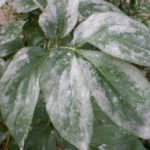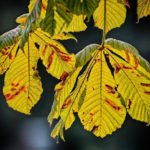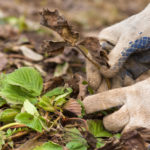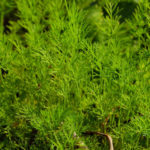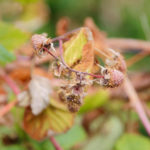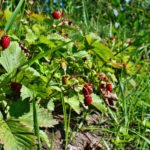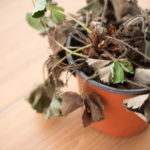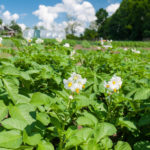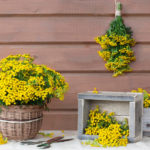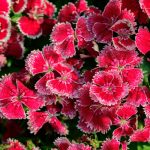Infectious diseases of plants
Infectious diseases can be local (local), or General (systemic). Identify pathogens-fungi or bacteria-can only be carried out by special tests. But many diseases have characteristic symptoms, i.e. external manifestation. In appearance, they are classified as certain types. Here are some guidelines that you can use if you want to understand what is happening to the plants in your garden.
- Raids
Formation of fungi and spores on the affected tissues. Typical examples are powdery mildew in the form of white plaque on leaves, young shoots and berries, rust in the form of orange plaque on the underside of leaves, or on berries, brown-black plaque of saprotrophic fungi on aphid secretions or physiologically old leaves. The pathogens are fungi.
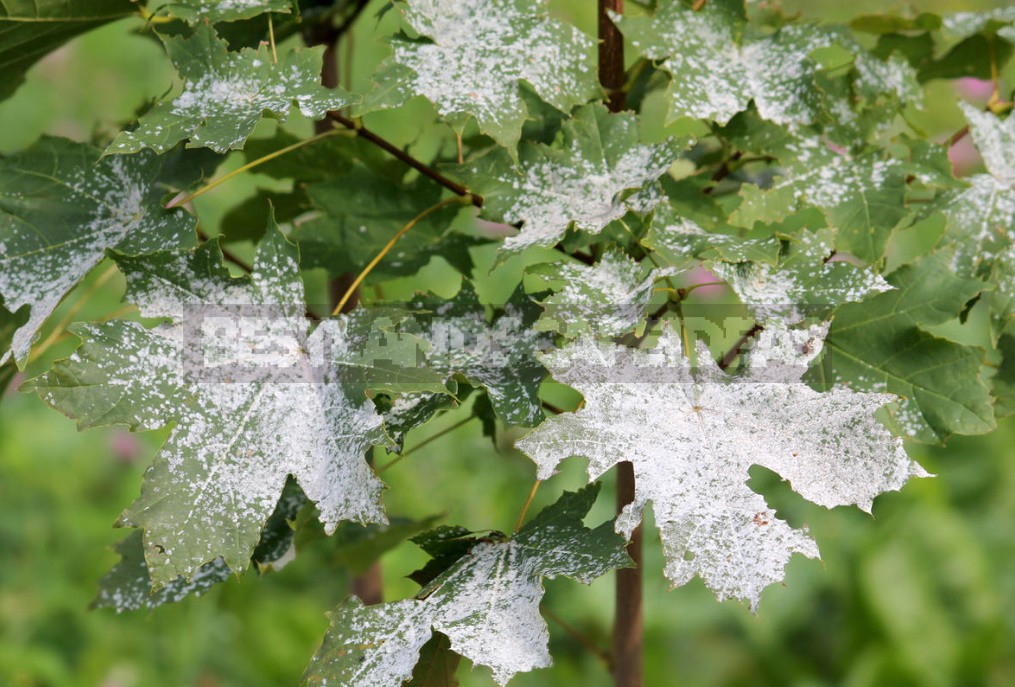
- Spots (necrosis)
Dead areas of tissue, most often leaves. Spots are rounded or irregular, with or without borders, and completely different colors — from white to black. Pathogens of spots are fungi, bacteria, nematodes, viruses. Moreover, the viral infection is manifested by a mosaic pattern, rings, yellow strokes, yellowing of the veins of young leaves, but sometimes the spots are also brownish-black.
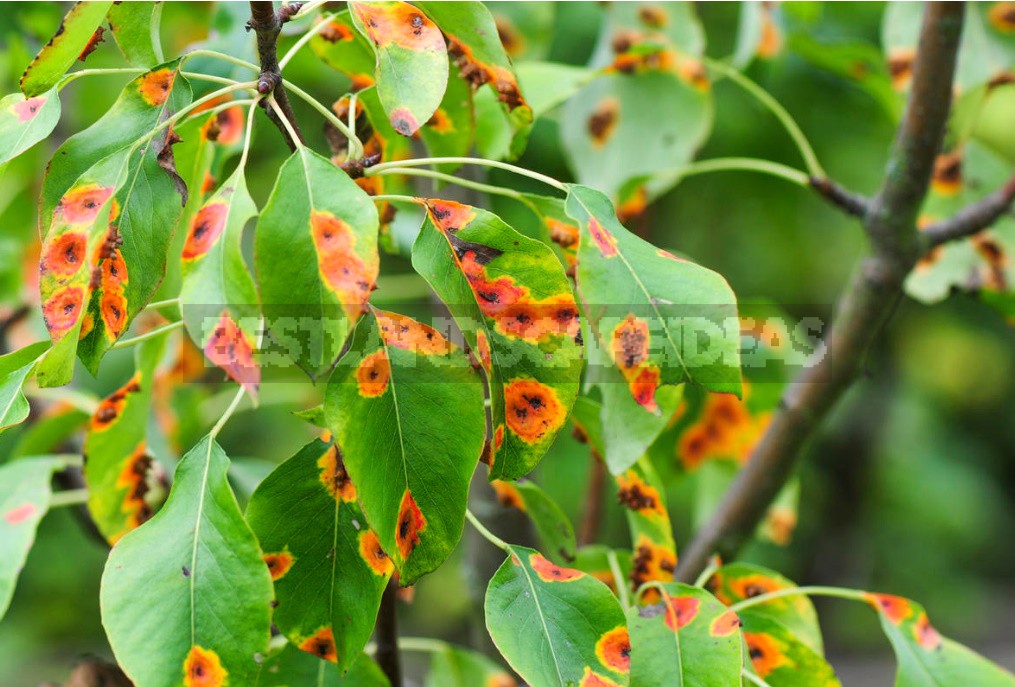
Necroses are most often called diseases of the bark of trees and shrubs, in which the bark of individual sections darkens, dries up, cracks. On its surface often appear small point fruiting bodies — pycnidia or special pads of sporulation. For example, black rot of fruit, trees wood, natrievy nectrium necrosis of the cortex.
- Ulcerations
Depressed necrosis with jagged edges on the water-rich tissues of the plant. Ulceration is observed on the corms of gladioli when affected by scab, with Anthracnose of raspberry stems, with cancer of seed crops. Pathogens can be fungi and bacteria.
- Rot
Softening and destruction of tissues. Rot can be wet, dry, and hard. Wet rot, and even with an unpleasant smell – the main characteristic feature of bacterioses of bulbous, corm and rhizomatous plants.
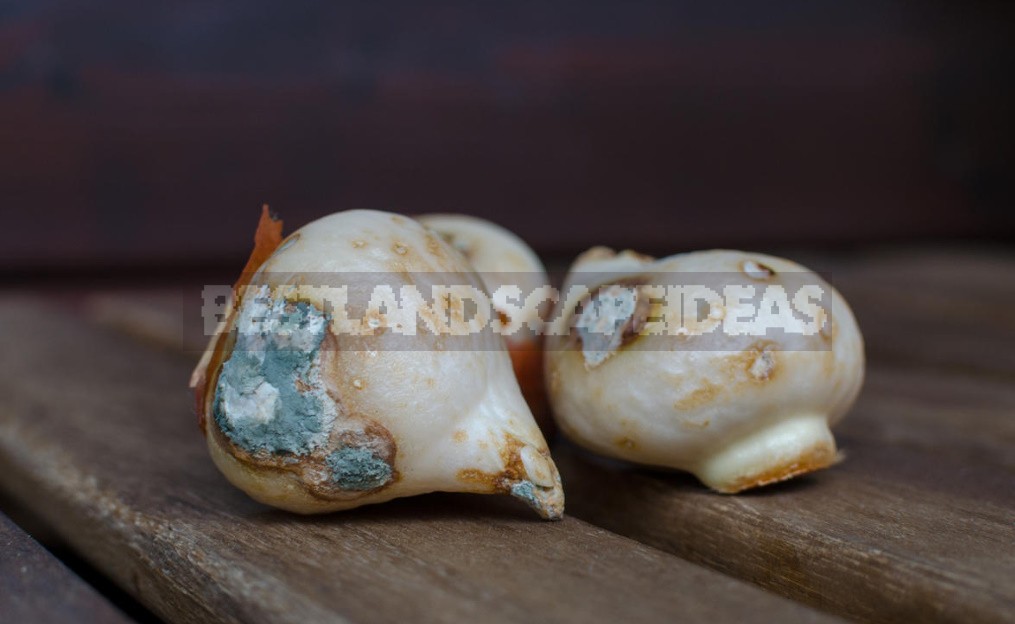
Often there is a mixed infection with nematodes and bacteria. On the corms of gladioli, dry, or Fusarium rot is widespread. The well-known gray rot when affecting the stems of roses, for example — is dry rot of the bark, and at high humidity, on raspberries or strawberries, on all herbaceous plants, wet rot with abundant sporulation is manifested.
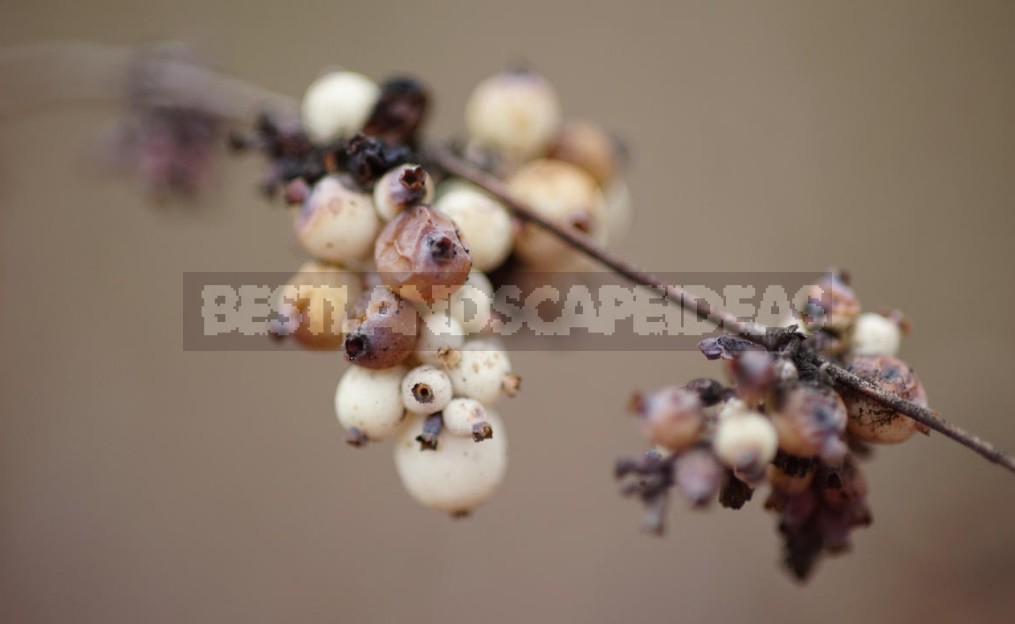
Solid rot is most often represented in the garden by solid wood rot when wood species are affected by fungi tinder and root rot when affected by sawdust. Pathogens-fungi, bacteria, nematodes.
- Fading
A sharp drop in cell turgor in systemic diseases caused by damage to the root and conducting systems. Always start with the roots rot; pathogen decay is often called Fusarium, or Verticillium. Withering is often manifested in stem rot (tinder), and in the defeat of the bark (monilialny burn stone), and in bacteriosis. They are caused by fungi and bacteria.
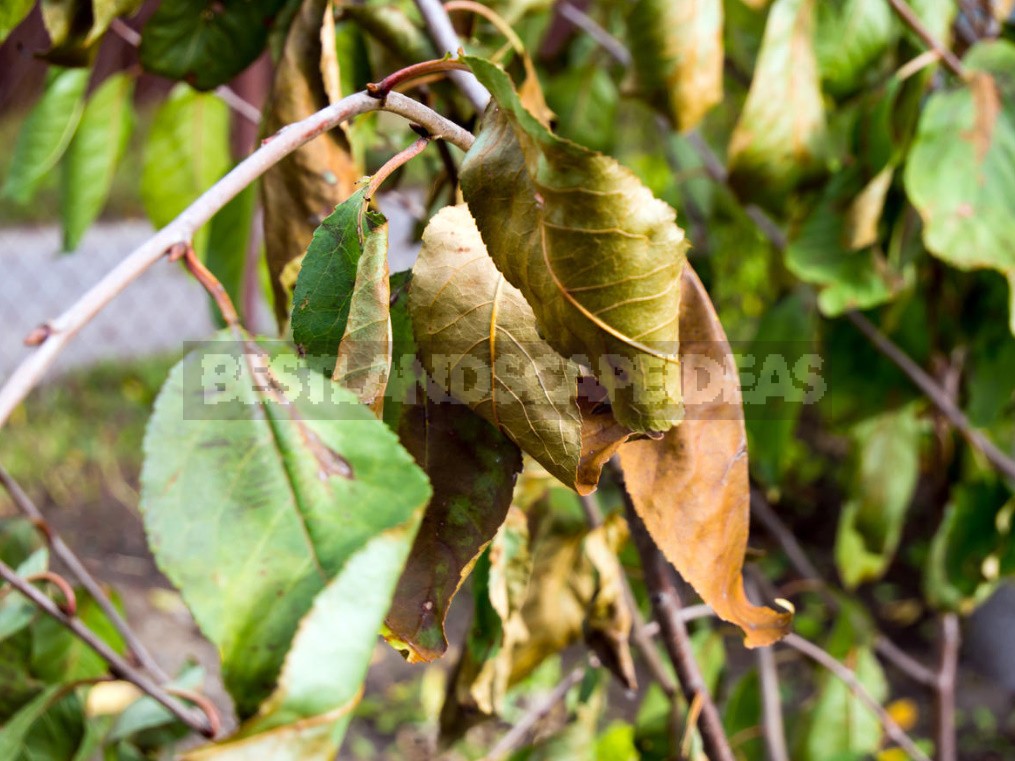
- Lodging of seedlings, black leg
The formation of a tug in the form of Browning at the base of the stem. Plants are affected in the phase of cotyledon leaves, in later periods, the Browning of seedlings is associated with root rot. The pathogens are fungi.
- Tumors, growths, galls
Individual thickening of roots, stems, leaves, trunks under the influence of toxins released by pathogens. Thus, galls on the roots are formed when a gall nematode is affected, and tumors are formed in bacterial root cancer.
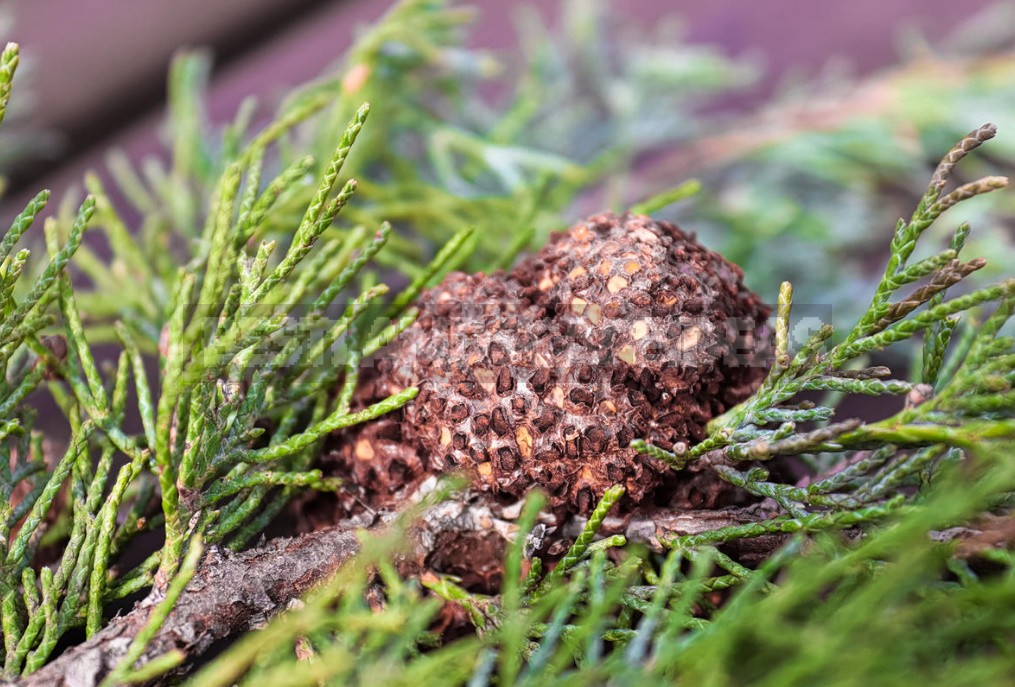
Tumors and growths on trunks are a sign of cancers of both fungal and bacterial origin (common, or European, tree cancer; bacterial cancer of lilac). And the appearance of growths and galls on the leaves most often indicates the presence of insects-galloformers. Inside such growths, you can always find a larva. Pathogens are fungi and bacteria.
- Mummification
Blackening and drying of the affected organs, mainly fruits, when affected by fruit rot or moniliosis. Such fruits remain hanging on trees and shrubs for a long time and in the spring serve as a source of new infection for plants. Pathogens are fungi.
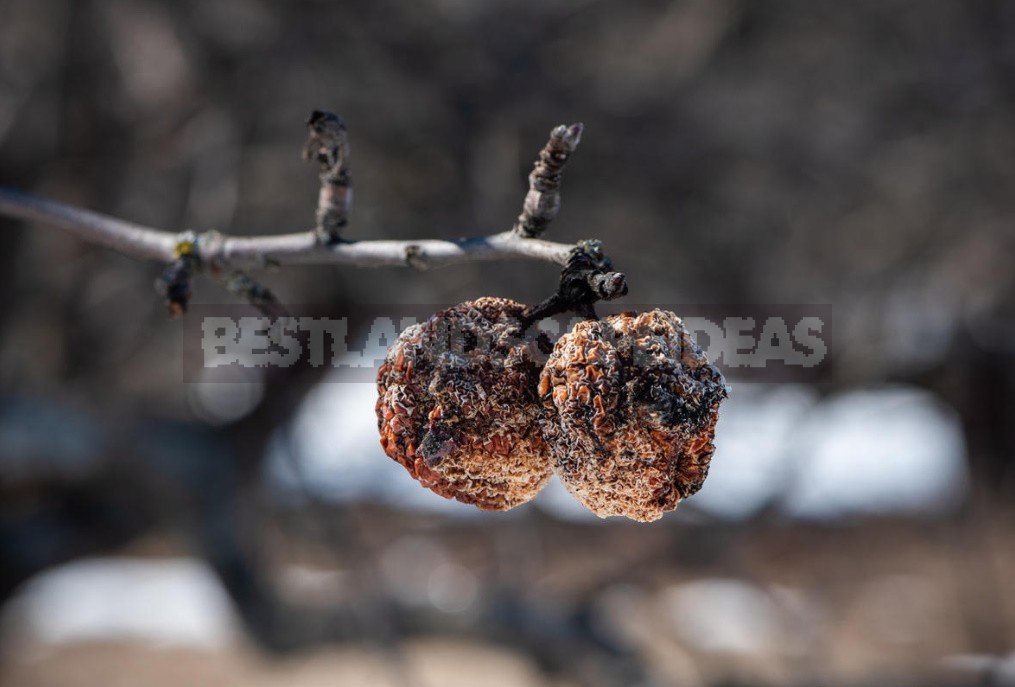
- Deformation, overgrowth
A strong change in the normal shape of the plant’s organs. It is manifested in the form of wrinkling, Curling, thread-like leaves, curvature, sprouting of young shoots and stems, Terry or greening of flower petals. All these are typical examples of a viral infection.
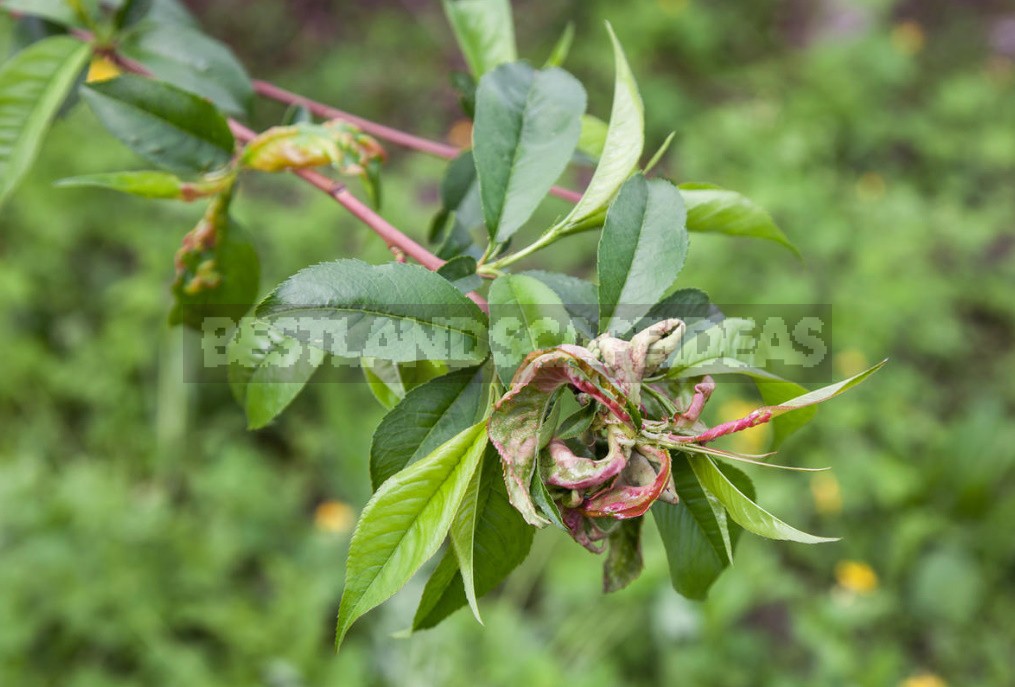
- Chlorosis, mosaics, yellowing of leaves or their individual sections
Leaf chlorosis can be associated with a developing systemic disease of the plant, when nutrients do not reach the budding leaves, or with the manifestation of a viral infection. Pathogens are fungi and viruses.





